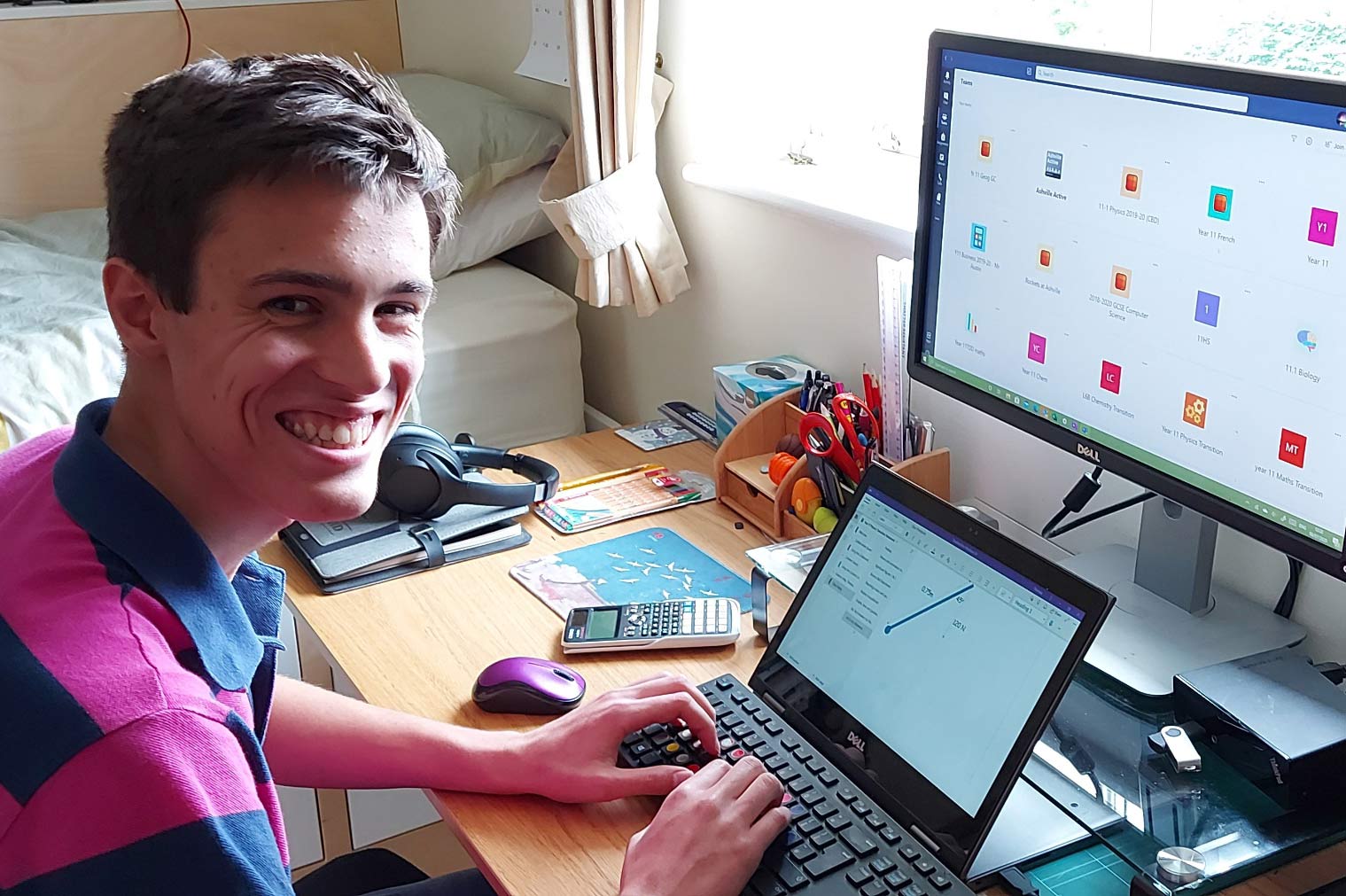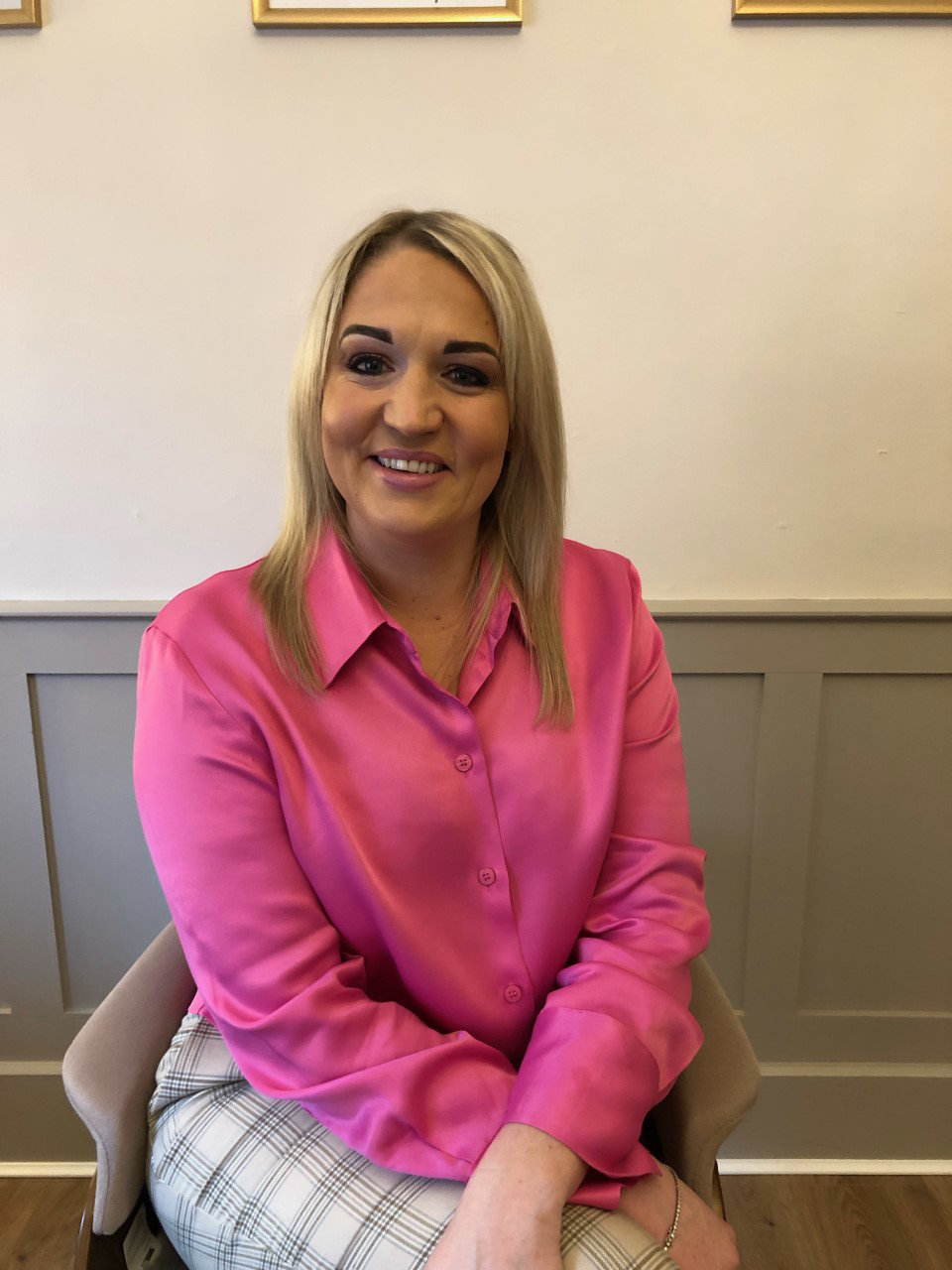Thomas Grattoni-May is a young boy from Harrogate who stammers and wants to share his experiences during lock-down.
Thomas said he has been finding online lessons difficult over the last few months.
Action for Stammering is a charity that supports young people who stammer, along with their families. They believe it is important that other young people who stammer hear about Thomas’ experiences. It can be difficult for young people to share their experiences if they feel they are alone, even more so for young people.
The charity has also had more inquires than usual about children stammering over lockdown.
Thomas Grattoni-May said:
When your mute button gets stuck
With the world in lockdown, everyone working remotely and school moving online, there is a
silent group within society who have struggled in ways that others perhaps will not realise. Having
the ability to effectively communicate verbally has never been more important as life went online during lockdown. Suddenly, the focus turned to verbal or audio communication as the primary channel and for people like me who suffer with a stammer, it has become increasingly more difficult. It seemed to me as though communication moved from being 3 dimensional to 2 dimensional.
Closure of school has meant that the classroom has shrunk to the size of a computer screen. I have been very lucky as my school implemented online lessons as soon as lockdown began. We
have been using Microsoft Teams and many of my lessons have been ‘live’, with the teachers
appearing online via video and the students connected via audio. We have had some video lessons but most of the time, the students have their cameras off with only the teacher on video. In an online class, it’s very difficult to be the only student with their camera on so the choice has been to either be in the spotlight or cope with audio only. I am in Year 11, so I was gearing up for a summer of exams. When my GCSEs were cancelled, it seemed like my world turned upside down. Everything I had been working towards for the last 5 years was in disarray and the stress levels rose considerably. Like many, as the stress levels rose, so did my difficulties in communicating. As anyone with any kind of speech dysfluency will tell you, there is a direct correlation between stress and stammering and I found myself ‘blocking’, stuttering on words and yet nobody could see that I was struggling. I was hidden behind a computer screen and completely dependent on a verbal fluency that had escaped me. I realised how much lockdown and online schooling was impacting both my ability to understand my teachers and their ability to understand me. I was missing a vital component of communication, the non-verbal form that I was completely reliant upon.
The kind of stammer that I suffer with is not a typical stammer with repetition of whole words, single sounds or syllables or the prolonging of sounds. I suffer with a blocking stammer where it feels like the words just get stuck in the back of my throat, where my mouth is in position, but no sound comes out. I stammer silently. Consequently, when I found myself ‘blocking’ unable to get my words out, the teacher only heard silence from me, as though I’d forgotten to unmute my microphone. No one could not see that I was trying to speak, as they would in a classroom environment, so my stress levels became even higher. If I wanted to ask a question, I would have to time the unmuting of my microphone with my readiness to speak, but the more I thought about it, the more stressed I would become. Having the confidence to speak out is something I have mastered in a classroom environment, the students in my year accepted me for who I am and would be used to seeing me block occasionally at school. The teacher would see that I was trying to speak and have the patience to wait until my mouth and brain connected. Now in this new way of working, I have noticed my stress levels increasing along with my dysfluency, so it becomes a vicious circle.
In 1971, Professor Albert Mehrabian published a book Silent Messages, in which he discussed his research on non-verbal communication. He concluded that that communication is only 7 percent verbal and 93 percent non-verbal. The non-verbal component was made up of body language (55 percent) and tone of voice (38 percent). Although this research has been challenged by some, and there are those who would argue about the numbers, for me it is clear; lockdown has presented people like me with a challenge to understand and be understood in a 2-dimensional verbal and technologically dependent world.








Hi Thomas
I totally understand what you are saying
I too am from Harrogate but I am 69 yrs old
Back in my school days there was not as much understanding as there is today
I would be scared stiff to speak
We all had to speak in class and when it was my turn I just could not do it
I have learned over the years how to control my stammer
I am retired now but I have been a college lecturer for the past 30 years so I guess i have managed my stammer OK
People are now starting to accept us for what we are
DIFFERENT but certainly not thick or stupid as i was perceived by some people when I chose not to say anything to hide my stammer in case people laughed
In the end I learned that it is no big deal and I am now proud that I still stammer
good to know you are in Harrogate too and perhaps we may meet someday
Good luck and stay safe
Roger